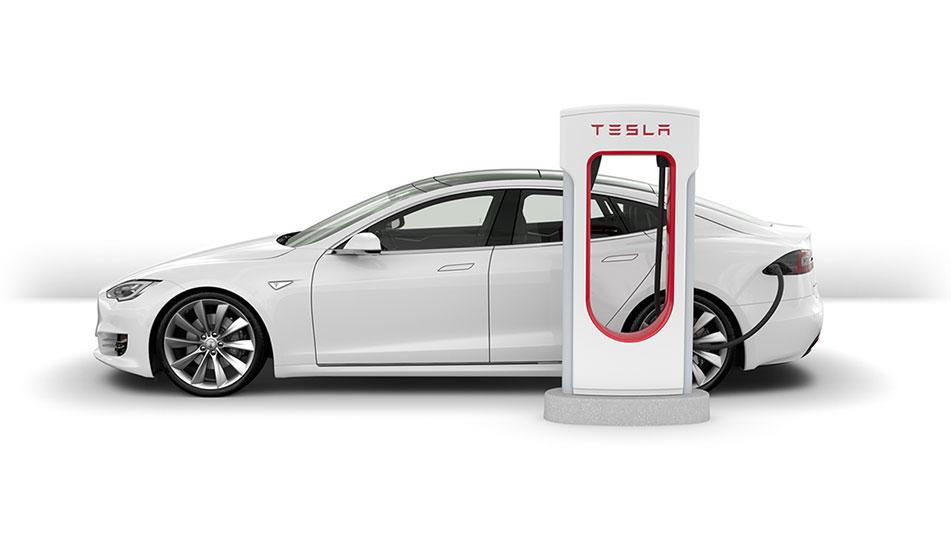Tesla owner uses free Supercharger power for pure Bitcoin-mining profit
Solving the electricity price problem

As Bitcoin's value has continued to surge, interest in Bitcoin mining has exploded, but it's struggled to remain profitable because of how energy intensive a process it is - leading to many spending more on electricity than they earn in Bitcoin.
Now one user has found an interesting way around the problem, by building a mining rig into the trunk of their Tesla. In doing so they'd theoretically be able to power their mining apparatus for free, and any Bitcoins earned would be pure profit.
As Bitcoin's popularity has continued to surge, its energy requirements have drawn increasing fire from critics. The currency doesn't rely on a central bank, and so it relies on multiple people ('miners') doing the same calculations in order to check that no one is cheating the system.
Intense energy
However, this doubling up of effort means that the network requires far more energy than conventional transactions. In fact, the whole network consumes more electricity in a year, according to the Guardian, than the whole of Ireland.
These intense energy requirements are bad news for both the environment and miners, leading to alternative solutions being developed. Motherboard reports that miners in China are turning to hydro energy, while European operations are relying on wind.
This Tesla solution however, is only good for the miner, since it draws from a power grid that still overwhelmingly relies on fossil fuels. Another criticism is that it could increase wait times at Superchargers for other drivers.
However, as Bitcoin's value continues to rise, miners are only going to get more and more creative with how they approach the currency's energy issues.
Sign up for breaking news, reviews, opinion, top tech deals, and more.
- How to buy Bitcoins in 2017
- Best mining GPU 2017: the best graphics cards for mining Bitcoin
- Source: Electrek

Jon Porter is the ex-Home Technology Writer for TechRadar. He has also previously written for Practical Photoshop, Trusted Reviews, Inside Higher Ed, Al Bawaba, Gizmodo UK, Genetic Literacy Project, Via Satellite, Real Homes and Plant Services Magazine, and you can now find him writing for The Verge.